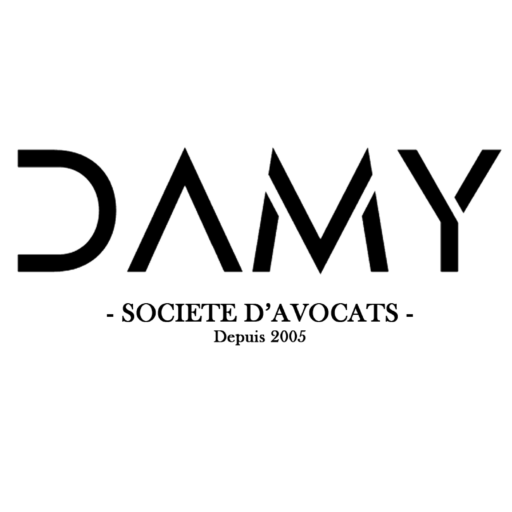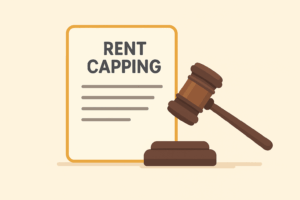When a commercial lease is renewed, the rent variation is generally capped and linked to the evolution of an index since the original rent was set. However, this mechanism does not apply in every case — for example, for single-use premises, office spaces, or land.
According to Article L.145-34 of the French Commercial Code, unless there has been a significant modification of one of the four key elements of rental value set out in Article L.145-33, the variation in rent cannot exceed the evolution of the commercial rent index or the tertiary rent index.
A notable change in just one of the following factors is enough to remove the cap:
- Characteristics of the premises;
- Purpose of the lease;
- Obligations of the parties;
- Local commercial environment;
- Current market prices in the neighborhood.
In such cases, the rent may be adjusted to the full rental value. However, when a rent is “uncapped,” increases cannot exceed 10% of the previous year’s rent annually. This gradual increase mechanism is known as the “capping of decapping.”
The French Supreme Court (Cour de cassation) has clarified that the 10% annual increase applies automatically, year after year, without negotiation, until the rental value is reached. The judge for commercial leases is only competent to set the rental value itself, not to define the payment schedule.
This mechanism is crucial for landlords and tenants alike: it balances the need to adjust rent to market conditions while avoiding brutal financial shocks for businesses.

